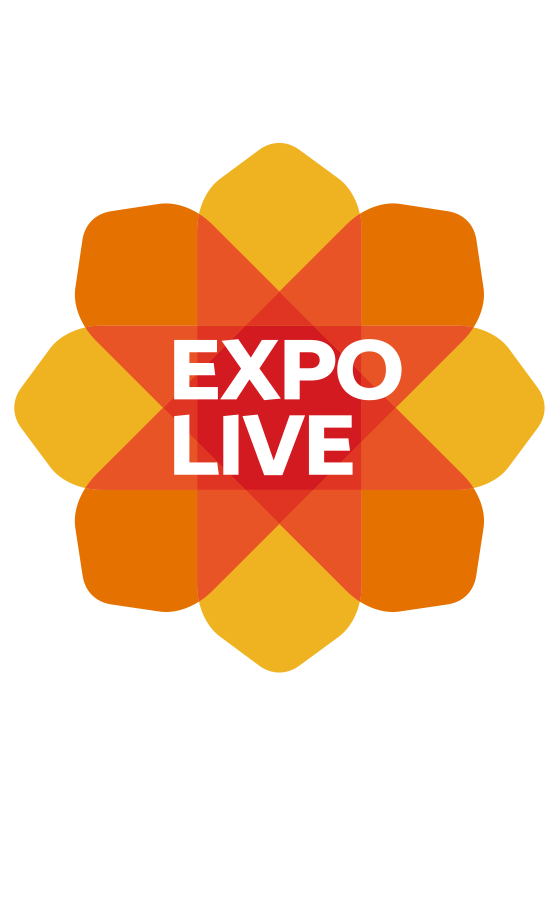How it works
Educators and administrators can easily add, edit and remove content in courses and the library. Content is automatically compressed up to 80% (videos are automatically compressed 60-70% smaller than a standard MP4 (h264) without reducing quality using AV1). Experience API, H5P, Epub, Video, and PDF content is supported. Content can be downloaded and used offline.

Educators can structure assignments, discussion boards, content, and text to create courses.

Teachers can create class assignments, track student progress, and record feedback and grades for students. Everything works online or offline, learners’ scores and submissions sync automatically when they reconnect.

Features
Works Offline
Everything works offline. Content can be downloaded and any changes will automatically sync when you reconnect.
Easy to Use
An easy-to-use interface for learners, teachers and organizations.
Accessible
The application is accessible for those with visual or hearing impairments.
Use Your Own Brand
Organizations can get a rebranded version of the Ustad Mobile application.
Localizable
Available in 10+ languages and easy to translate into any other.
Mission
To create an inclusive open-source digital learning platform that reaches educators and learners, including those with limited Internet access, limited device access, and/or disabilities and enables education providers including governments, NGOs, and the private sector to improve the delivery of inclusive and equitable quality education and reduce inequalities.
Challenges
The Ustad team believes that everyone should have equitable access to the potential benefits of education technology. The platform is built to enable education providers to overcome challenges serving groups that are often disadvantaged. The overarching goal is to reduce the inequity that is all too often associated with education technology and promote equitable access to quality education and lifelong learning.
Lack of Connectivity
Access to reliable connectivity to the Internet remains limited in many parts of the world – e.g., only 28.2% of people in Africa use the Internet – and many of the digital technology solutions that often advocate for rapidly transforming education systems are not yet feasible or realistic. According to the ITU in the least developed countries 26.3% of the urban and 11.8% of the rural population had access to the Internet in 2019 (ITU 2020).
School Closures due to Armed Conflicts, Climate-Change-Related Natural Hazards and Covid-19
Every year, education systems in many countries are disrupted because of climate-change-related natural
hazards and armed conflicts. In 2020, over 1.6 billion learners were out of school at the height of the
COVID-19 pandemic, and it is predicted that over 9 million children could miss out on education for
good.
Insufficient Device Acces
The costs of devices remain prohibitively expensive for a large number of marginalised users. Groups with limited financial resources may not have access to smart devices, or they may only have one device per household.
Existing Learning Solutions Function Poorly Offline or Require Additional Hardware
Most digital learning solutions are built using a client-server model that requires a reliable Internet connection. Offline functionality is often incomplete and/or unreliable.
Equitable Gender Access
Girls face additional access challenges due to safety and security, gender roles, and socio-cultural norms that expect them to undertake household responsibilities and limit their access to Internet and devices. Girls may not have the same opportunities as boys to learn and work on their school activities.
Disability
According to 2020 WHO data, 34 million children have disabling hearing loss worldwide and the number of
blind children in the world is estimated to be 1.4 million. Hearing and visual impairments can impede
use of digital learning platforms.
Plans
Use the open-source version on your own servers, or let us.
Frequently Asked Questions
-
Lorem Ipsum is simply dummy text
Lorem Ipsum is simply dummy text of the printing and typesetting industry. Lorem Ipsum has been the industry's standard dummy text ever since the 1500s, when an unknown printer took a galley of type and scrambled it to make a type specimen book
Contact
Got questions? Want beta access to the software? We'd like to hear from you!
Meet us at
Shatha Tower, Dubai Media City, Dubai, United Arab Emirates.
OR
Email Us
info@ustadmobile.com



